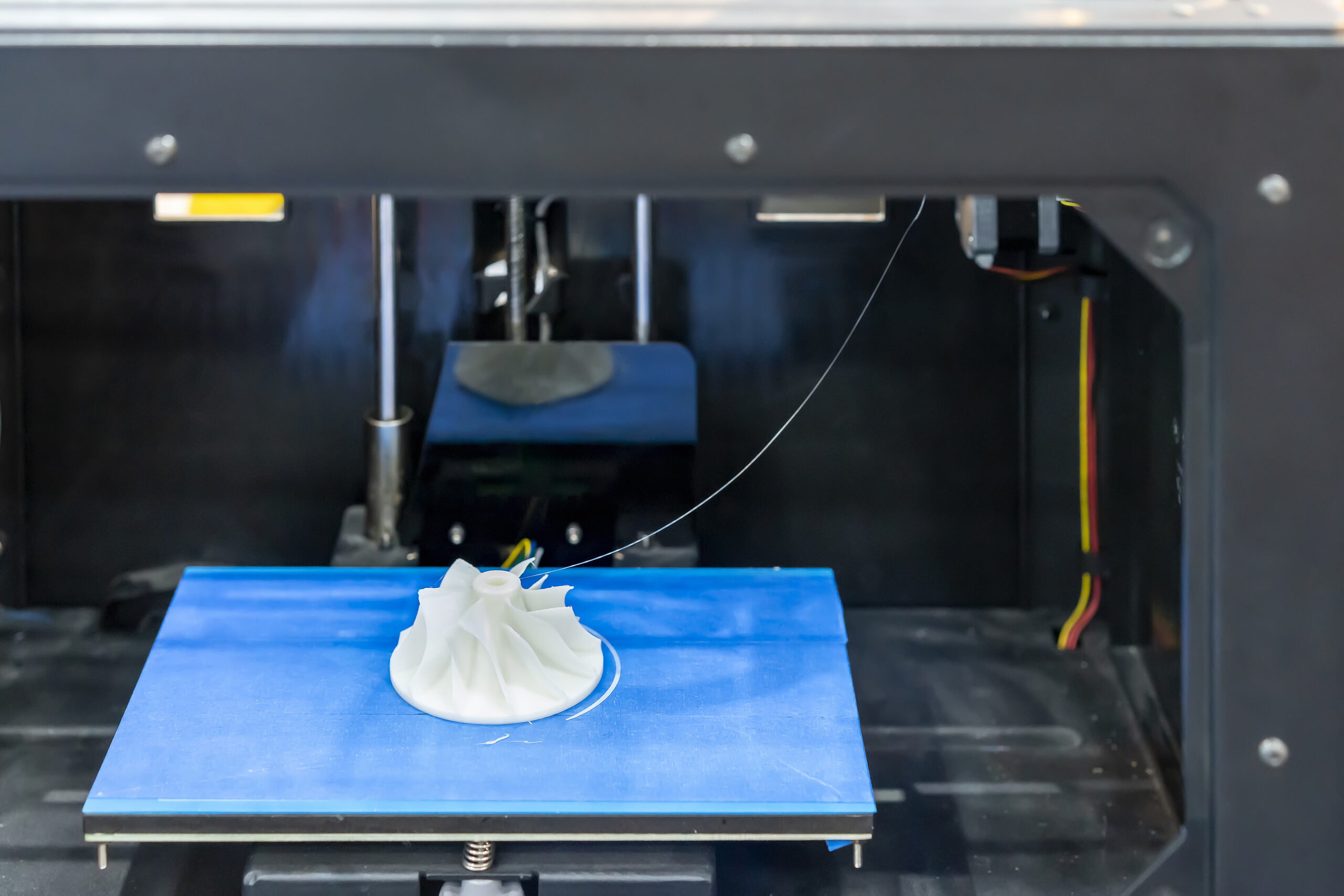Today, we are in an era of drastic technological transformation. With the increasing use of digital technologies that include everything from 3D printing to various applications of extended reality, how we do business is constantly and dramatically transforming in ways that we have not seen since the industrial revolution!
While company leaders have long been questioning how to navigate this quickly changing landscape, Anticipatory Leaders are one step ahead, leveraging the ever-evolving digital landscape in front of us. In doing so, they are integrating artificial intelligence (AI), augmented reality (AR), edge computing as it relates to data processing, and so much more.

As a business leader, it’s imperative to grasp that the ongoing technological revolution reshaping the business landscape is an indisputable future certainty—a Hard Trend that’s here to stay. While numerous technological innovations have already initiated substantial shifts in a wide array of business operations, some leaders and managers who prioritize adaptability over forward planning might entertain the notion of a forthcoming pause—a plateau where they can recalibrate and bridge any gaps. However, such a hiatus does not exist, nor will it ever materialize. The trajectory of technological evolution is constant and unceasing.
How we conduct business is changing right now and will only continue to do so with increasing velocity, so the key is to not only embrace the technological disruption, but to anticipate it and find a way to get your team excited about it! The second part of that should be easy, given the opportunities that are bountiful within the disruption itself.
Before all else, you need to transition into a role as an Anticipatory Leader to see where technology is headed in order to find the opportunity for your business.
3 Hard Trends Transforming Technology and Business
Recently, there have been some specific technology sectors that are proving to be the most disruptive yet equally as beneficial for businesses and organizations that are leveraging them. These have been extensively explored in past blog posts I have written, but there are so many new applications for them that they are worth re-exploring.
- Datafication
Datafication involves leveraging data gathered from our daily activities to facilitate the creation of novel products or services, as well as the enhancement of existing ones. Our actions continually generate data across a spectrum of endeavors, ranging from the music we stream on platforms like Spotify to our interactions with digitally sophisticated vehicles during travel. In this context, edge computing stands out as a technological stride that enables data processing to occur in immediate proximity to its origin, presenting a substantial advantage. As 5G networks proliferate and data processing mechanisms streamline, the viability of such edge computing approaches is poised to amplify significantly.

While we are familiar with specific websites and smartphone apps that adeptly utilize your browsing history to facilitate ongoing purchases or engagement, like Amazon or Google, an even deeper evolution of customer service within organizations has been orchestrated by Vail Systems, Inc. This company employs basic data analytics extracted from customer phone calls to refine and enhance automated customer service systems. This innovative approach eliminates the need for painstakingly enunciating your responses when seeking assistance, heralding a more streamlined and efficient customer support experience.
- Extended Reality
Extended reality may sound like an addition to mixed reality (MR), virtual reality (VR), and augmented reality (AR), but really, it is simply the umbrella term referring to any type of digital landscape or integration of digital assets into the physical world. Gaming and entertainment have certainly exploded in the past by incorporating MR, VR, and AR; however, I constantly find myself informing business leaders and executives of the many exponential ways these software applications can be utilized in their various industries.

The concept of any extended reality application is to create an immersive experience that brings the human sensory experience into the digital world on some level. But how can something like AR be used in something tactile like the beauty and cosmetics world — a sector said to be worth nearly half a trillion dollars by some? My Dior answered this inquiry with its smartphone app that projected lipstick colors on its users’ lips, allowing them to sample without ever hitting the “Buy” button!
- 3D Printing
Another Hard Trend that has long been revolutionizing the business world is the rise of 3D printing, also referred to as additive manufacturing. Using a machine to produce three-dimensional objects off of a two-dimensional blueprint, 3D printing provides easy part customization options, quicker turn-around times, the ability to produce products on demand (minimizing having to ship products from overseas), and ultimately results in reduced manufacturing costs and a far more sustainable industry as a whole.

Auto manufacturers have slowly taken to 3D printed parts for many integral components of their vehicles, with Volkswagen being a notable leader. They not only produce parts for new vehicles, but they also have been known to 3D print tools and replacement parts for classic cars that are not in production any longer. When looking at the big picture, this can help preserve automobiles and ultimately cut down on large-scale litter of disregarded clunkers.
Find the Opportunity and Make It Your Own
Now that we have identified that the increasing use of datafication, extended reality, and 3D printing are fully predictable Hard Trend future certainties, the second step is to implement your own Anticipatory mindset in discovering exactly where these trends are headed for your industry and to find the opportunity they present to you and your team.
Unfortunately, many business leaders are afraid of where technology is headed, but it is my goal to ease this stress with the power of critical, exponential thinking and the many Anticipatory principles at your full disposal. I do not want you to fall behind the curve; I want you to be the disruptor instead of the disrupted!
What I hope this blog post has illustrated to you and your team is that keeping your opportunity antennae up is not only about looking at the digital disruptions themselves, but also being on the lookout for what other industries are doing with various technologies and how you might be able to adapt that to your industry. You may not be in the data processing, cosmetics, or auto industry, but there are indisputable ways that those same technologies can be critically leveraged to produce exceptional results for new products, services, or processes.
Also, it is time to do a deep dive into your current products, services, or processes themselves and see how today’s new technologies can help you redefine things — redefine your customer base, redefine your production methods, redefine your internal operations, and redefine your company overall. New is not always the answer, as sometimes you can simply rehash what already exists in profound ways.







Comments